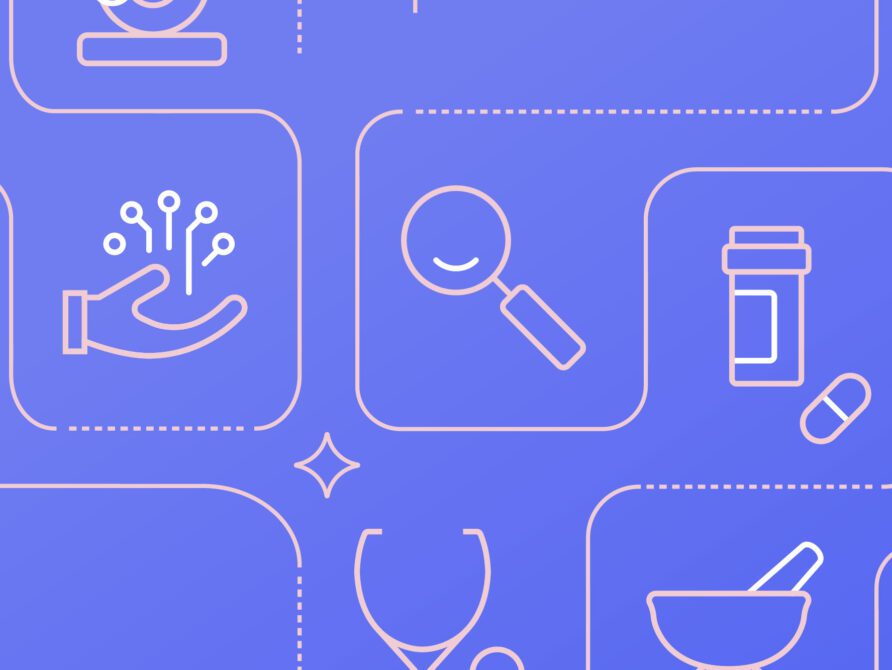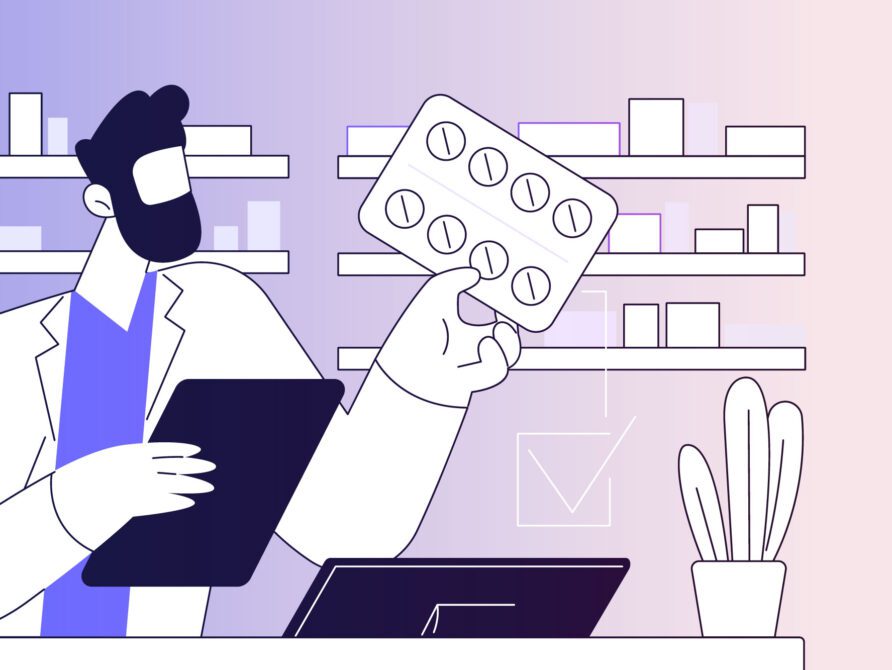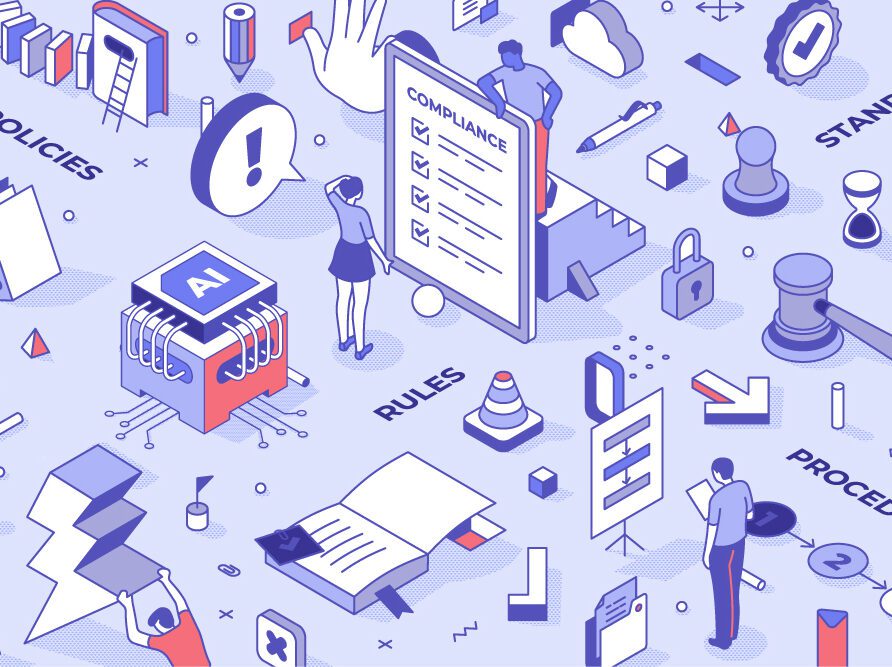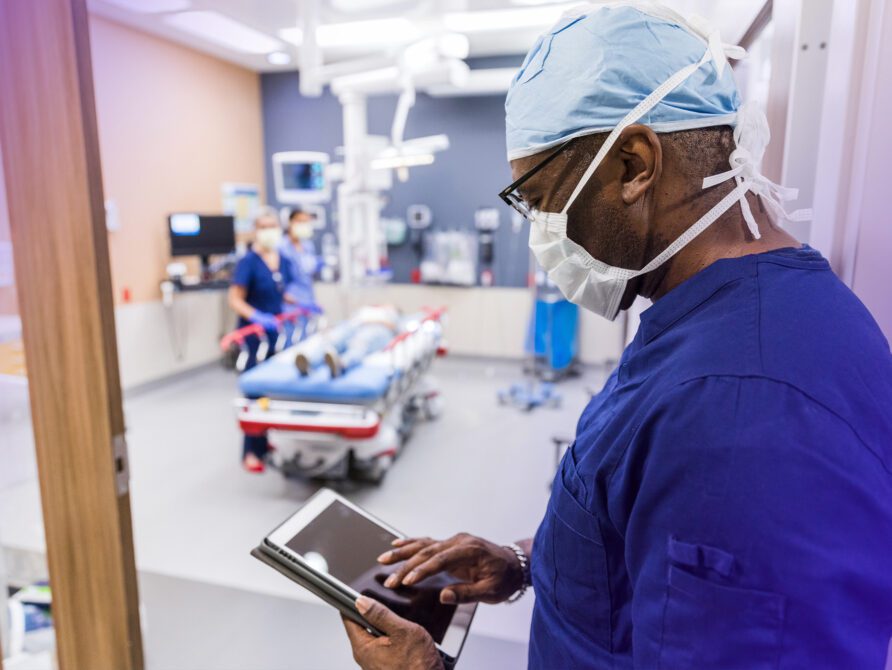Article
Enhancing medication safety through technology: A pharmacist’s perspective
In recognition of World Pharmacist Day on 25 September, I’m sharing insights as Chief Pharmacy Information Officer at Bolton NHS Foundation Trust (BFT). In this blog, I delve into how technology empowers me in my ever-evolving role as a pharmacist.
For some background, at Bolton, we implemented Altera’s Sunrise Electronic Patient Record in October 2019, aiming to rapidly and effectively deliver a comprehensive EPR. Our goal? To enhance digital maturity to become a Digital Trust—leveraging technology to improve the lives for both patients and staff.
The role of the pharmacist is—and has been—transforming rapidly. There’s a shift from traditional dispensing to integral clinical contributors within multidisciplinary teams (MDT). With increasing patient complexity, higher medication volumes and rising expectations for personalised care, technology is becoming not just a support mechanism, but a strategic enabler in promoting medication safety and reducing errors.
The role of the pharmacist is—and has been—transforming rapidly. There’s a shift from traditional dispensing to integral clinical contributors within multidisciplinary teams (MDT). With increasing patient complexity, higher medication volumes and rising expectations for personalised care, technology is becoming not just a support mechanism, but a strategic enabler in promoting medication safety and reducing errors.
Improving medication safety and reducing errors
One of the most critical areas in which technology supports pharmacists is Clinical Decision Support (CDS). Integrated into our workflows, CDS tools generate real-time alerts for drug interactions, allergy risks and contraindications—giving pharmacists and prescribers immediate, patient-specific insights before therapy is initiated. This has significantly reduced the potential for avoidable harm. When considering the “alert fatigue” phenomenon, we have been able to configure the alerts so that only high-risk interactions are flagged. This flexibility in design gives us the ability to build in patient safety, without restricting EPR users too much.
Another important enhancement we’ve placed on our long-term roadmap is closed-loop medication administration, a solution available through Altera. While not yet live in our organisation, we recognise its potential to ensure the “five rights” of medication administration—right patient, right drug, right dose, right route and right time—through scanning technologies. It is an aspiration we’re excited to pursue. Another Altera client that I have regular contact with, Liverpool Heart and Chest Hospital NHS Foundation Trust, has implemented Altera’s closed loop and has reduced medication administration errors by 55%.
Our current systems also benefit from medication supply integration, helping reduce manual errors in preparation and delivery by pharmacy. Real-time data access—including results, vitals and renal function—empowers our pharmacists to verify orders accurately and make informed clinical decisions faster. This has almost eliminated the need for transcription, which is inherently risky in relation to medication management.
Additionally, standardised order sets embedded with evidence-based guidelines promote consistency in prescribing practices, reducing variability and align with best practice protocols.

Supporting pharmacists in their clinical decision-making
Pharmacists are only as effective as the information they can access. Technology has enabled integrated patient profiles that offer a comprehensive view of medical history, allergies, labs, comorbidities and more—all in one place. This level of visibility strengthens clinical decision-making and minimises the risk of oversight. For example, a patient prescribed clozapine may need their medication reviewed by a consultant psychiatrist, and the time may be critical based on multiple factors (clinical, logistical, operational). EPR access has enabled clinicians to all review the same patient, from anywhere in the trust, in real time, so that patients can get safe and effective treatment faster, improving patient outcomes.
With tools that support therapeutic monitoring, such as renal dose adjustments, antimicrobial stewardship and therapeutic drug monitoring (TDM), we can better tailor treatment plans to individual needs. Further, technology has simplified documentation with more intuitive workflows for recording interventions and clinical notes—helping us focus more time on patient care. For example, when reviewing digoxin levels in patients who are suspected to have digoxin toxicity, we can review the results directly in EPR and make decisions for them. Same for patients on IV gentamicin, where the regimen may be adjusted based on the patient’s blood levels.
Integrating with the broader care team for improved patient outcomes
One of the most impactful changes we’ve seen is how integration has enhanced collaboration across the care team. Pharmacists are now active participants in real-time clinical checks of medication orders, reducing delays and improving therapy accuracy. We have been able to contribute on ward rounds as part of the ward MDT expediting the time to treatment from the moment clinical decisions are made, being part of the conversations and taking action together with clinicians on the ward.
Our ability to engage in collaborative rounds—both in person and virtually—with immediate access to the full patient record has improved communication and fostered shared accountability. More importantly, it supports better continuity of care during transitions between inpatient, outpatient and community settings.
These capabilities are central to our care model, and platforms supported by Altera have played a key role in making this possible.
Daily challenges solved through Altera’s pharmacy-related innovations
Pharmacy teams are under constant pressure—juggling high patient volumes, complex regimens and regulatory demands. With business intelligence tools for patient review and work prioritisation, we’re now able to triage clinical activities more efficiently. I have done a lot of work with BI over the last five years, creating multiple reports that have been built on data pulled directly from the EPR, including clinical check, medicines reconciliation and omitted dose reports. These all contribute towards safer patient care and better use of resources.
Automated documentation systems have eased the burden of regulatory compliance, ensuring we are audit-ready without manual duplication. Additionally, centralised communication platforms reduce reliance on paper notes and phone calls, which often delay response times and introduce the risk of miscommunication. Pharmacy colleagues can literally read patient notes from anywhere they are in the hospital. So, if I am in the Pharmacy office and get bleeped regarding a query for a high-risk medication for a patient residing on my ward, I can immediately review the documentation in EPR, without having to travel to the ward and find the notes.
And importantly, workflow automation has given us back valuable time—time we can now spend on other activities.
Digital transformation essential for the evolving role of pharmacists
The need for digital transformation in pharmacy is a necessity. As pharmacists take on more clinical roles, having access to data-driven insights is essential to safe and effective medicines management. I recently completed my Digital Health Leadership diploma with the NHS Digital Academy and recognise how AI will transform the way we all work. To benefit from AI, it is the data recorded in the EPR that will provide the foundation for this revolution.
With the rise of virtual wards and remote care, pharmacists are expected to extend their reach beyond traditional hospital walls. Technologies that enable virtual collaboration, remote verification and integrated patient monitoring make this not only feasible, but efficient.
In a time of workforce constraints, technology is helping us do more with less—alleviating pressures on clinicians’ burnout and enhancing job satisfaction. And as patients increasingly expect faster, safer and more personalised care, it’s clear that digital tools are essential to meeting that demand. If I can use technology to improve my practice, making patients safer and improving health outcomes, I will, responsibly.
Looking ahead at Bolton
As we show our support for World Pharmacist Day, we look to the future where we continue to build solid digital foundations to continue to deliver the best possible care to our patients. Solutions that Altera Digital Health provide are central to our strategy. Whether it’s planning for future capabilities like closed-loop or expanding our real-time data integrations, we know that technologies like this will remain crucial to delivering safer, more effective medication practices and whereby pharmacists play a leading role in delivering high-quality, patient-centred care.
To learn more about Altera’s work with Bolton, please see our case studies here:
A triumph in elevating digital maturity in the emergency department.
An integrated pharmacy dispensing pathway at Bolton NHS Foundation Trust.













